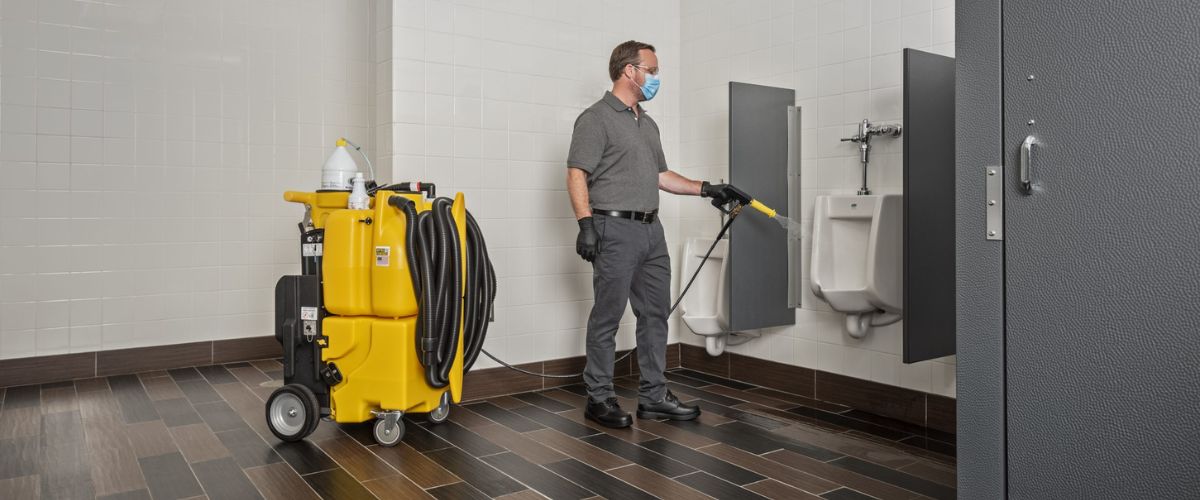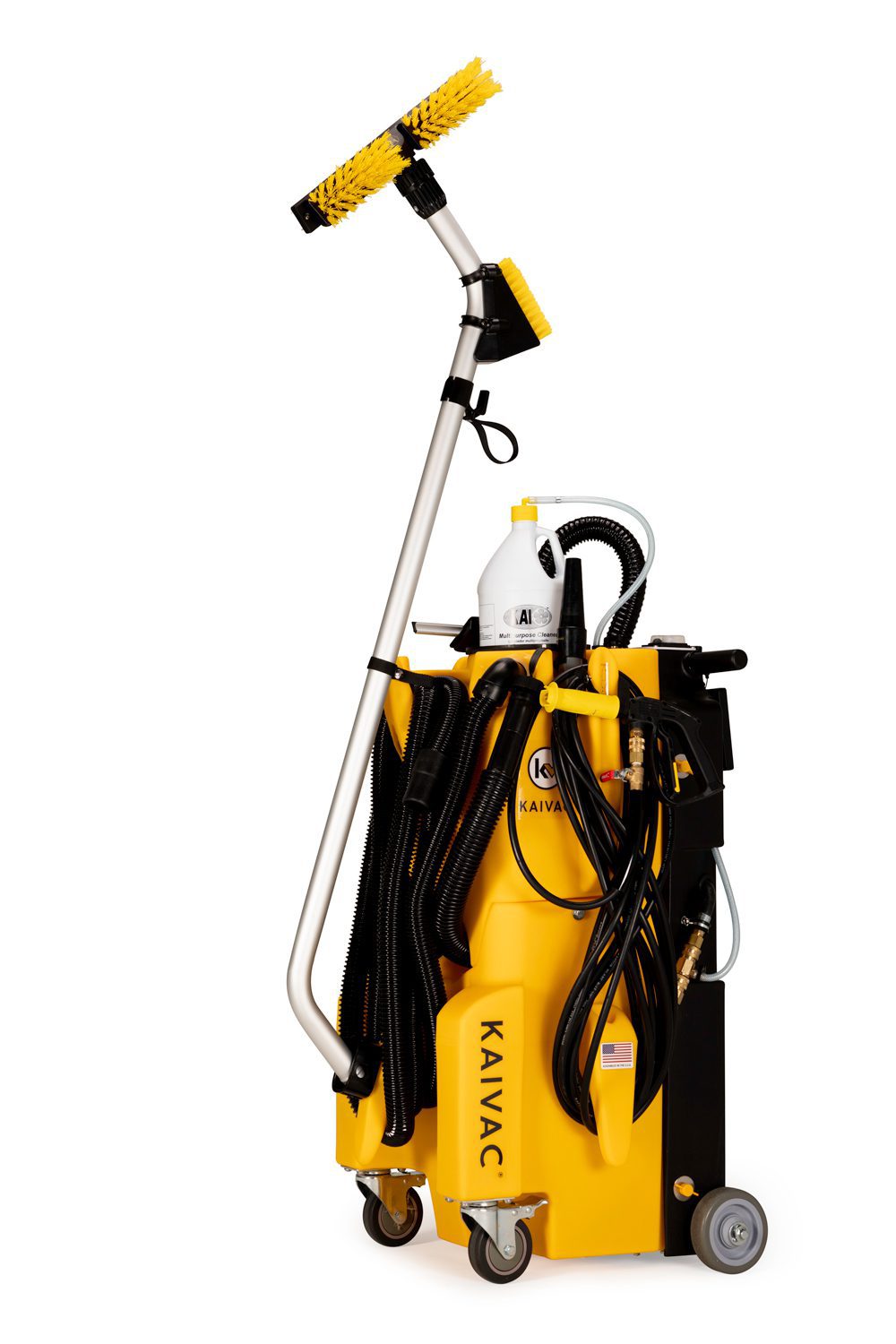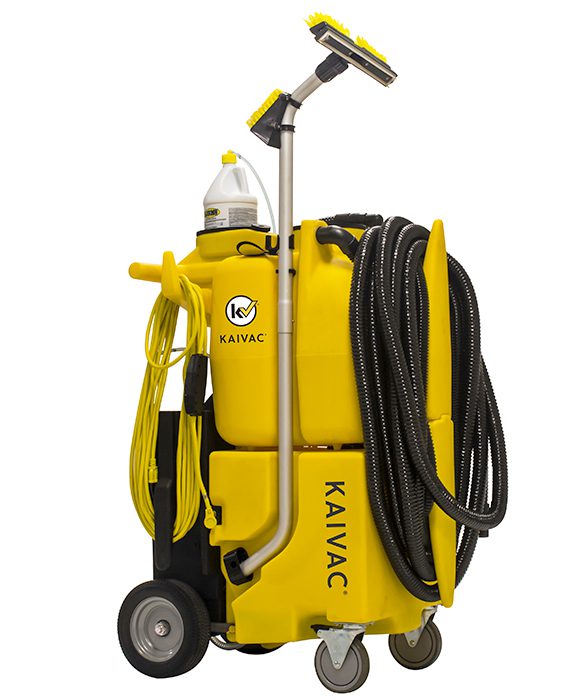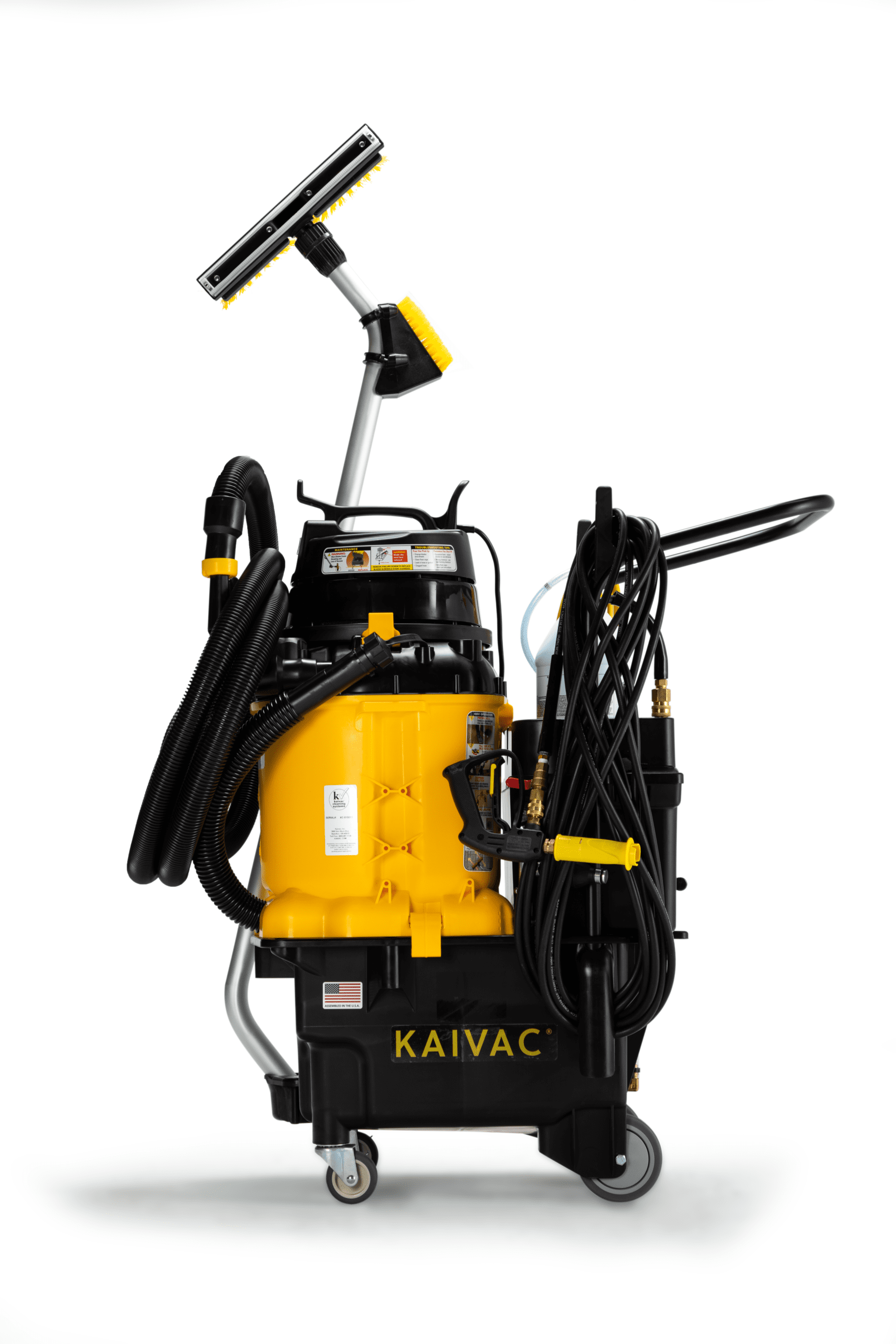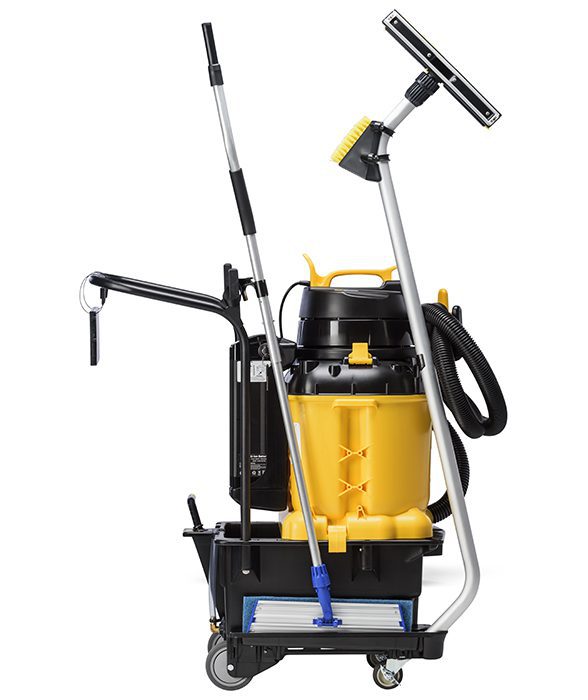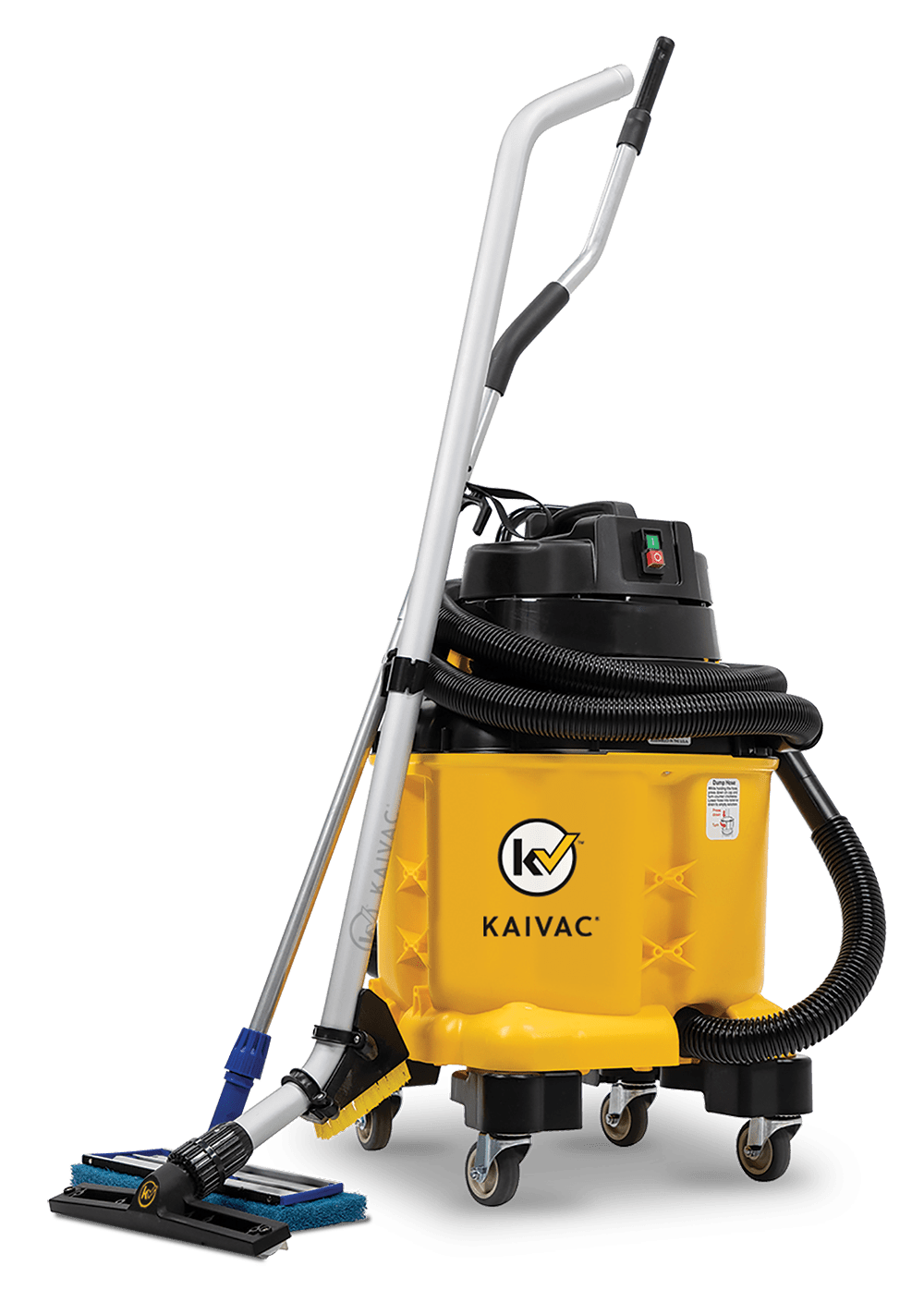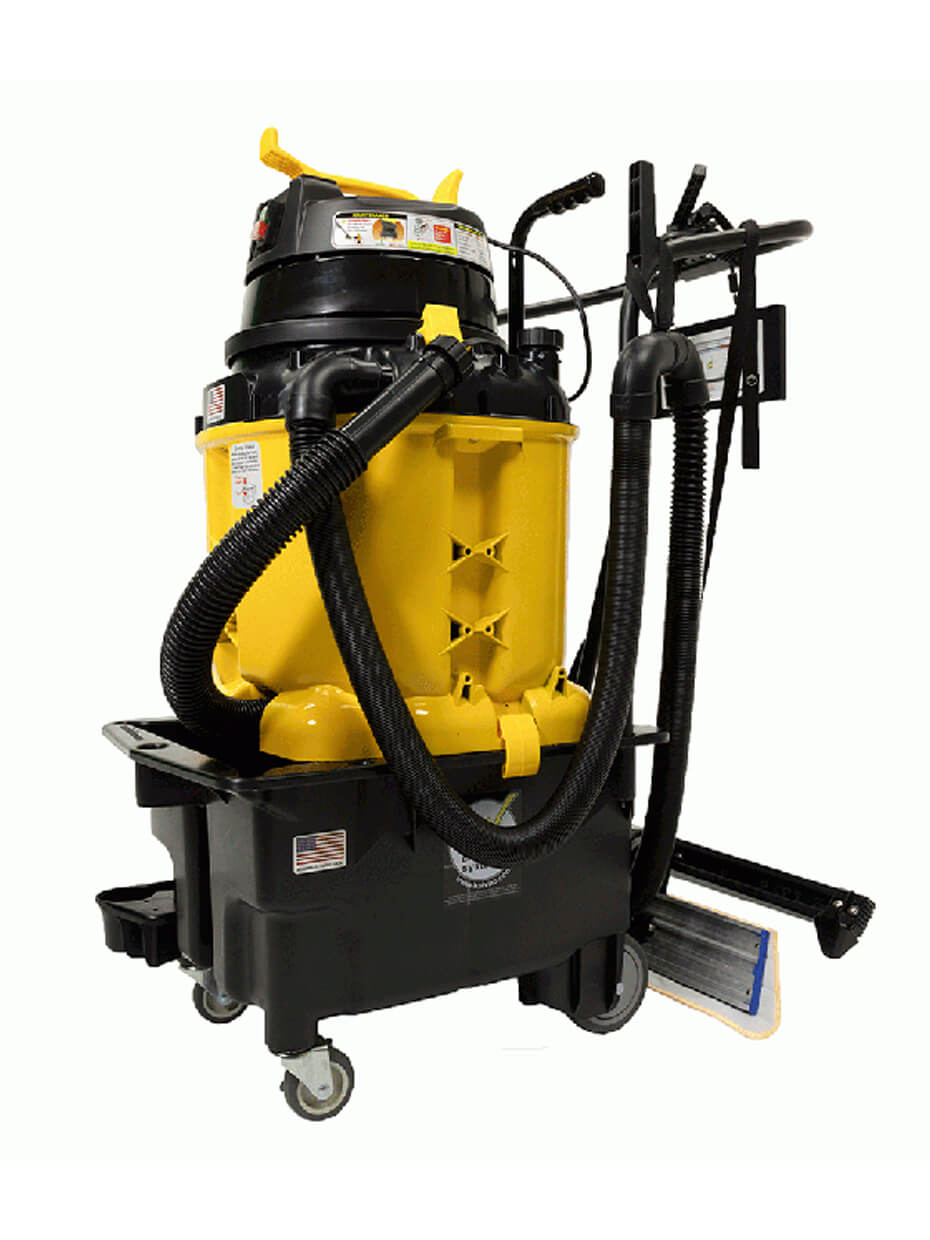Public restrooms are, by their very nature, routinely contaminated with pathogen-laden bodily fluids. Touchpoints like toilet flushers, sink taps and soap dispensers are particularly nasty hot spots. And research consistently shows that the restroom floor is the nastiest, germiest spot of all. So, to fully clean your restrooms, pay close attention to the floor.
The Mess Behind Closed Doors
People are rightfully squeamish about public restrooms. Think pieces, like this one from Slate, opine about which restroom stall is best. (“Best” in this case being the least popular therefore the cleanest and most desirable. TL/DR: it’s the first stall). And there are always plenty of gross-out articles about the dirtiest place in the restroom.
But this isn’t clickbait. Public restrooms are, well, gross. Even if there are no obvious messes, restroom surfaces are consistently contaminated with bacteria, viruses, and molds. Studies identified genetic traces of 77,000 distinct types of bacteria and viruses in public restrooms with the most prevalent being fecal bacteria, influenza, streptococcus, E. coli, hepatitis, MRSA, salmonella, shigella, and norovirus.
Some of these most virulent pathogens are spread from surface to surface by poor hand hygiene. Other, unpleasantly malodorous bacteria stick around to feast on urine trapped in the tile grout. And even more germs rain down from the toilet plume, which disperses microscopic particles of urine, feces, vomit, and menstrual blood into the air with every flush.
How Restrooms Pathogens Get Around
The dangers of pathogen-filled restrooms should alarm facility managers, considering how much time we spend in these spaces. According to a survey by the Bradley Corporation, 80 percent of Americans regularly use public restrooms. The same survey finds that we do more than just use the toilet, wash our hands, and go. People commonly visit public restrooms to:
- Check their appearance in the mirror
- Blow their nose or cough
- Take a mental health break
- Use their cell phone
- Change their clothes
These restroom habits leave more time to touch contaminated surfaces and transfer those pathogens to other touchpoints in the building. It also means more opportunity to engage with and transfer germs from the floors. Purses, for instance, that have been set on the restroom floor are contaminated with an alarming amount bacterium.
But even if people manage to get in and out without touching anything (unlikely!) restroom pathogens can still travel through a facility. Research shows dangerous bacteria routinely hitch a ride on the exterior of shoes and transfer easily to other flooring surfaces.
Kaivac Prevents Restroom Pathogens from Spreading
Pathogens finding their way out of restrooms should alarm cleaning professionals trying to stop community-acquired infections. But there are ways to mitigate the issue, starting with cutting down the risk.
“Risk is a mix of pathogen load and exposure,” explains Allen Randolph, vice president of business development, Kaivac. “Effective and frequent cleaning reduces that load and lowers the risk.”
For the most effective cleaning Randolph recommends No-Touch Cleaning machines. This technology combines cleaning chemistry, mechanical energy, and good old gravity to capture and remove dangerous pathogens from restroom touchpoints and floors.
The No-Touch Cleaning Process
The process starts by spraying cleaning chemistry, containing surfactants, onto every restroom surface. Surfactants have two ends, one that loves water (hydrophilic) and another that hates it (hydrophobic). Add them to water and surfactants form into micelles, tiny spheres with the hydrophilic end facing out and the hydrophobic end tucked safely tucked inside.
Soils and pathogens are also hydrophobic. Once sprayed with cleaning chemistry, the particles lift off surfaces, move towards the middle of the micelle, and stay happily trapped inside.
After capturing dirt with chemistry, workers turn on the No-Touch Cleaning machine’s high-pressure rinse to blast the solution off surfaces and on to the floor. This mechanical energy takes the place of scrubbing and is powerful enough to remove soils from cracks, crevasses, and hard-to-reach areas on its own. This means cleaners do not need to bend, twist, or hunch. The mechanical energy is so powerful that even soils deeply embedded in grout are blasted free.
Working from high to low, cleaning staff use gravity to move soils and pathogens, now trapped in their soapy micelle prisons, from surfaces and touchpoints to the floor. The dirty solution is then sucked up by the No-Touch machine’s powerful vacuum.
Soils, including those dangerous pathogens, are removed from touchpoints, reducing the risk of transferring illness via hand contact. They are also removed from the floor, cutting the opportunity to track dirt and pathogens through the rest of the facility. The restroom is set to neutral. Because No-Touch Cleaning machines work fast, staff can quickly re-clean the restroom several times a day.
What happens in the restroom most definitely does not stay in the restroom. If infection prevention is on your mind, click here to explore tools, chemistry, and options from Kaivac.
